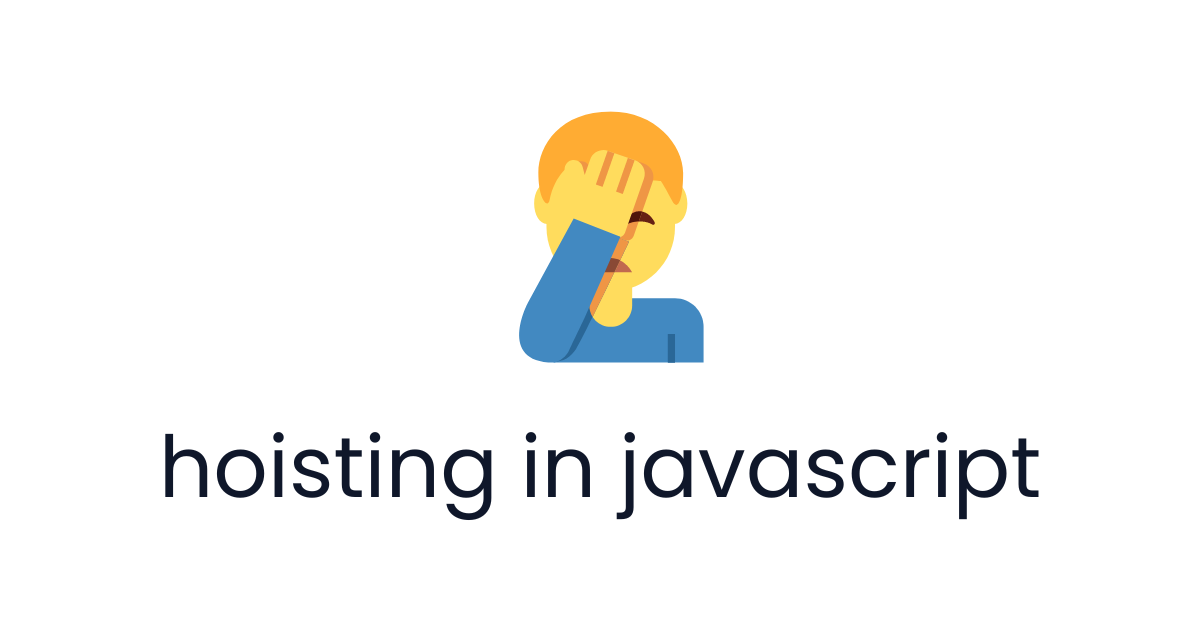Understanding Hoisting in JavaScript

According to MDN docs, JavaScript Hoisting refers to the process whereby the interpreter appears to move the declaration of functions, variables or classes to the top of their scope, prior to the execution of the code.
In colloquial terms, any of the following behaviours may be regarded as hoisting:
Being able to use a variable's value in its scope before the line, it is declared. ("Value hoisting")
Being able to reference a variable in its scope before the line, it is declared, without throwing a
ReferenceError, but the value is alwaysundefined. ("Declaration hoisting")The declaration of the variable causes behaviour changes in its scope before the line in which it is declared.
Variable Hoisting:
In JavaScript, variables declared with the var keyword are hoisted to the top of their function or global scope. This means that you can access and use a variable before it is declared in the code. However, the value of the variable will be undefined until it is assigned a value.
Example:
console.log(x); // undefined
var x = 10;
console.log(x); // 10
Function Hoisting:
Functions declared with the function keyword are also hoisted to the top of their scope, which means that you can call a function before it is declared in the code.
Example:
foo(); // "Hello"
function foo() {
console.log("Hello");
}While hoisting can be helpful in some cases, there are also some potential downsides to hoisting in JavaScript. Here are a few:
It can lead to unexpected behaviour: Because hoisting can cause variables and functions to be declared before they are defined in the code, it can sometimes lead to unexpected behaviour if you are not careful. For example, if you rely on a variable being undefined before it is assigned a value, you may run into issues if the variable is hoisted and has a different value than you were expecting.
It can make code harder to read and understand: Code that relies heavily on hoisting can be difficult to read and understand, especially for developers who are new to JavaScript. This can make it harder to maintain and debug code over time.
It can lead to bugs and errors: If you are not careful with hoisting, it can lead to bugs and errors in your code. For example, if you declare a variable inside a function without using the
var,let, orconstkeywords, it will be automatically hoisted to the top of the function scope, potentially overwriting other variables or causing unexpected behaviour.
To avoid these potential downsides, it's important to use hoisting judiciously and to follow best practices for declaring and initializing variables and functions in your code. It's also a good idea to use strict mode ('use strict') in your JavaScript code to help catch potential issues related to hoisting and other potential sources of bugs and errors.